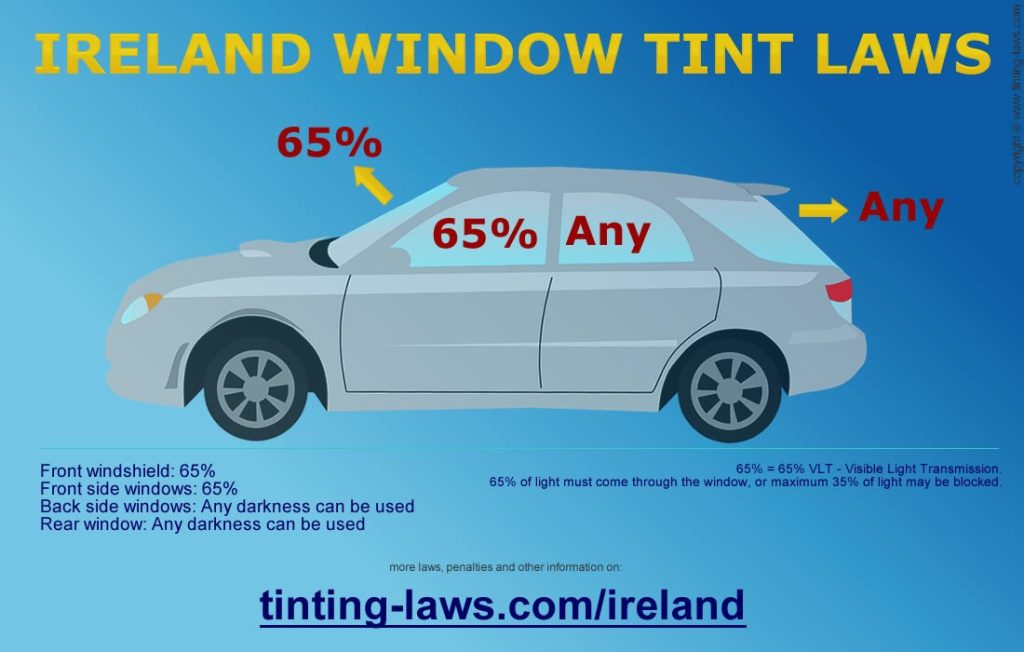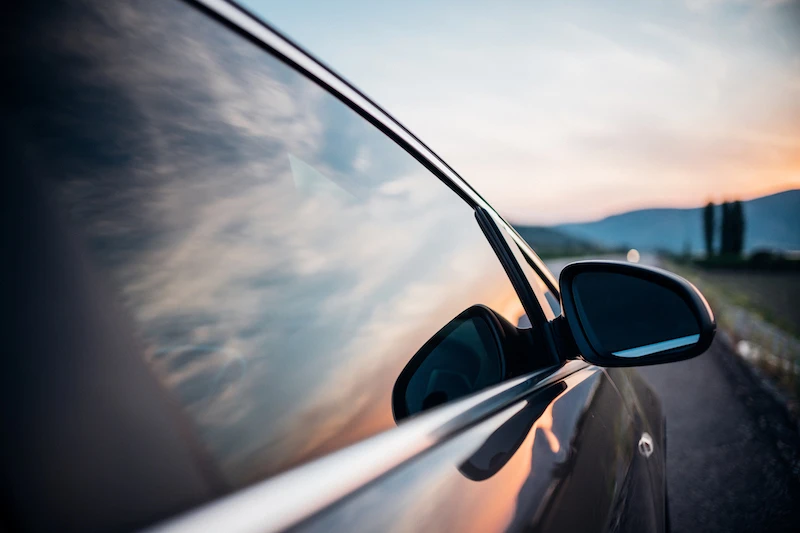How Window Tinting Enhances Your Car's Appearance and Protects Its Interior
Wiki Article
Window Tinting Laws: What You Need to Know Before Tinting Your Vehicle
Understanding home window tinting legislations is crucial for any type of car owner considering tinting their car. Laws vary significantly from state to state, developing specific restrictions for Visible Light Transmission (VLT) portions, especially for front-side home windows and windshields. Failure to follow these regulations can result in penalties, the need to get rid of the tint, and complications with insurance policy. As you consider enhancing your vehicle's look and functionality, it is essential to comprehend not only the legal implications yet additionally the sensible considerations that feature choosing the ideal color. What aspects should you prioritize in your decision-making process?Value of Recognizing Tint Regulations
Recognizing home window tinting regulations is crucial for car proprietors to make certain compliance with state regulations. These laws dictate the allowable degrees of color darkness and reflectivity, which can considerably vary from one territory to an additional. Failing to follow these regulations can result in penalties, necessary removal of the color, and potential problems during automobile inspections.In addition, understanding these laws helps vehicle proprietors make informed decisions about their tinting options. Different types of window films supply different benefits, such as UV defense, heat rejection, and glare decrease. Nonetheless, without knowledge of the legal limits, car owners risk choosing products that may ultimately lead to lawful concerns.
Furthermore, awareness of tinting regulations promotes a safer driving setting. window tinting. Exceedingly dark colors can impair presence, raising the risk of crashes, specifically in the evening or in adverse climate condition. Police additionally utilize these guidelines to guarantee roadway security, making compliance not just a legal responsibility but an individual responsibility
State-Specific Color Regulations
Each state in the united state has developed its own details guidelines pertaining to window tinting, mirroring a diverse variety of needs and standards. These guidelines can vary considerably, impacting just how car proprietors come close to installation and compliance. Some states enable darker colors on rear windows while enforcing strict restrictions on front-side home windows.Furthermore, regulations frequently define allowable color materials and shades. Particular states forbid reflective tints altogether, while others might enable them to a limited degree. Moreover, some territories mandate that cars with colored windows display a sticker label suggesting conformity with state laws, giving a clear recognition for law enforcement.
Enforcement of these legislations additionally varies; some states are a lot more proactive, carrying out arbitrary checks, while others count on complaints or noticeable violations to start enforcement. Automobile owners ought to be mindful that failure to adhere to state-specific color laws can result in penalties, mandatory removal of prohibited colors, or both.

Lawful Color Percentages
Establishing the lawful color percents is essential for car owners looking for to adhere to state policies. Each state has specific laws controling just how much light must go through the windows of a vehicle, which is shared as a portion called Noticeable Light Transmission (VLT) This portion varies significantly throughout states and can rely on the kind of home window-- front side, rear side, and windshield.As an example, some states permit as little as 20% VLT on front side windows, while others might permit up to 50%. Windshield tinting is commonly a lot more restricted, with several territories allowing just a slim band of tint on top of the windshield. In contrast, back windows normally have much more lenient laws, with some states permitting darker colors.
It is essential for vehicle proprietors to familiarize themselves with their neighborhood legislations to avoid potential legal concerns. This includes understanding just how VLT is determined, as it can differ based on the kind of home window movie used. Remaining informed about these guidelines ensures conformity and promotes risk-free driving conditions for both the vehicle proprietor and others when try this website traveling.
Repercussions of Non-Compliance
Falling short to stick to home window tinting laws can lead to significant effects for car owners. Policemans educated to recognize prohibited tint degrees might release penalties, which can differ by territory however often range from moderate to considerable quantities.
Insurance policy companies may also impose charges for non-compliance, as illegal modifications can be considered as a violation of plan terms. This can affect coverage prices or bring about difficulties in cases if an incident occurs.
Eventually, the repercussions of non-compliance expand past instant punitive damages; they can influence a driver's insurance coverage prices, lawful standing, and overall car value, emphasizing the importance of adhering to neighborhood home window tinting policies.
Tips for Choosing Tinting Options
Understanding the implications of non-compliance highlights the value of making educated options when selecting home window tinting choices. Familiarize on your own with your state's certain legislations pertaining to color darkness and reflectivity. Home Page Each state has unique guidelines that dictate the acceptable restrictions, so ensure you remain within these guidelines to stay clear of penalties.Second of all, take into consideration the kind of tint product. Options include colored, metalized, and ceramic colors, each offering varying levels of warm denial, UV security, and resilience. As an example, ceramic tints provide premium heat resistance without conflicting with electronic gadgets, making them a popular selection.
Additionally, examine your key purpose for tinting. If you seek improved personal privacy, choose darker tints; navigate to this site nevertheless, remember that this might influence visibility in the evening. Alternatively, if glare reduction and UV security are your major concerns, lighter tints may be adequate.
Finally, seek advice from a specialist installer who is experienced about regional regulations and can advise high-grade materials matched to your needs (window tinting). Taking these variables right into account will ensure you make an educated decision, inevitably enhancing both your lorry's aesthetic appeals and capability
Conclusion
In conclusion, knowledge with window tinting regulations is necessary prior to applying tint to a lorry. By comprehending legal demands and picking suitable tint products, car owners can attain aesthetic improvement while remaining certified with relevant regulations.Recognizing home window tinting laws is necessary for any car proprietor considering tinting their auto.Understanding window tinting regulations is essential for automobile proprietors to guarantee conformity with state laws. Some states enable darker colors on back windows while enforcing strict restrictions on front-side windows.
In comparison, rear windows typically have a lot more lenient guidelines, with some states permitting darker tints. (window tinting)
In verdict, familiarity with home window tinting laws is crucial prior to using tint to an automobile.
Report this wiki page